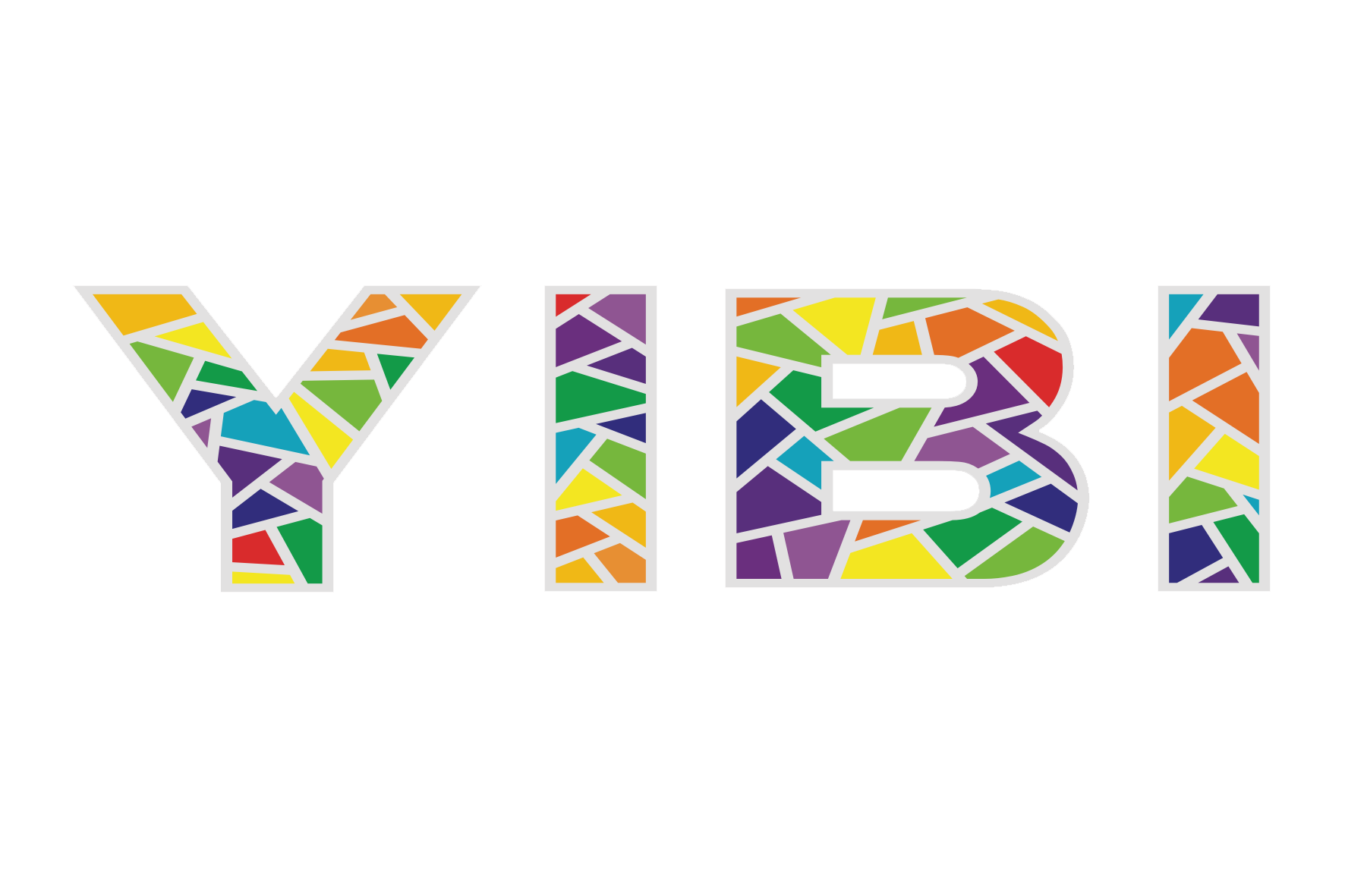CNC MACHINING SERVICE
Comprehensive Range Of Services Providing Endless Capabilities
What is CNC machining ?
CNC machining is a method of subtractive manufacturing that uses programming codes to control and guide the machine tool to cut (subtract) material until the designed part is finally formed. CNC machining and manufacturing processes use a wide range of materials, including metals (iron, stainless steel, aluminum, copper, or metal alloys), plastics (PEEK, PTFE, nylon), wood, and composite materials. Its best material depends on the product’s specifications and application, and the material has sufficient hardness, tensile strength, shear strength, chemical resistance and temperature resistance to withstand the processing process. The physical properties of the workpiece determine the optimal cutting speed, feed rate and depth.
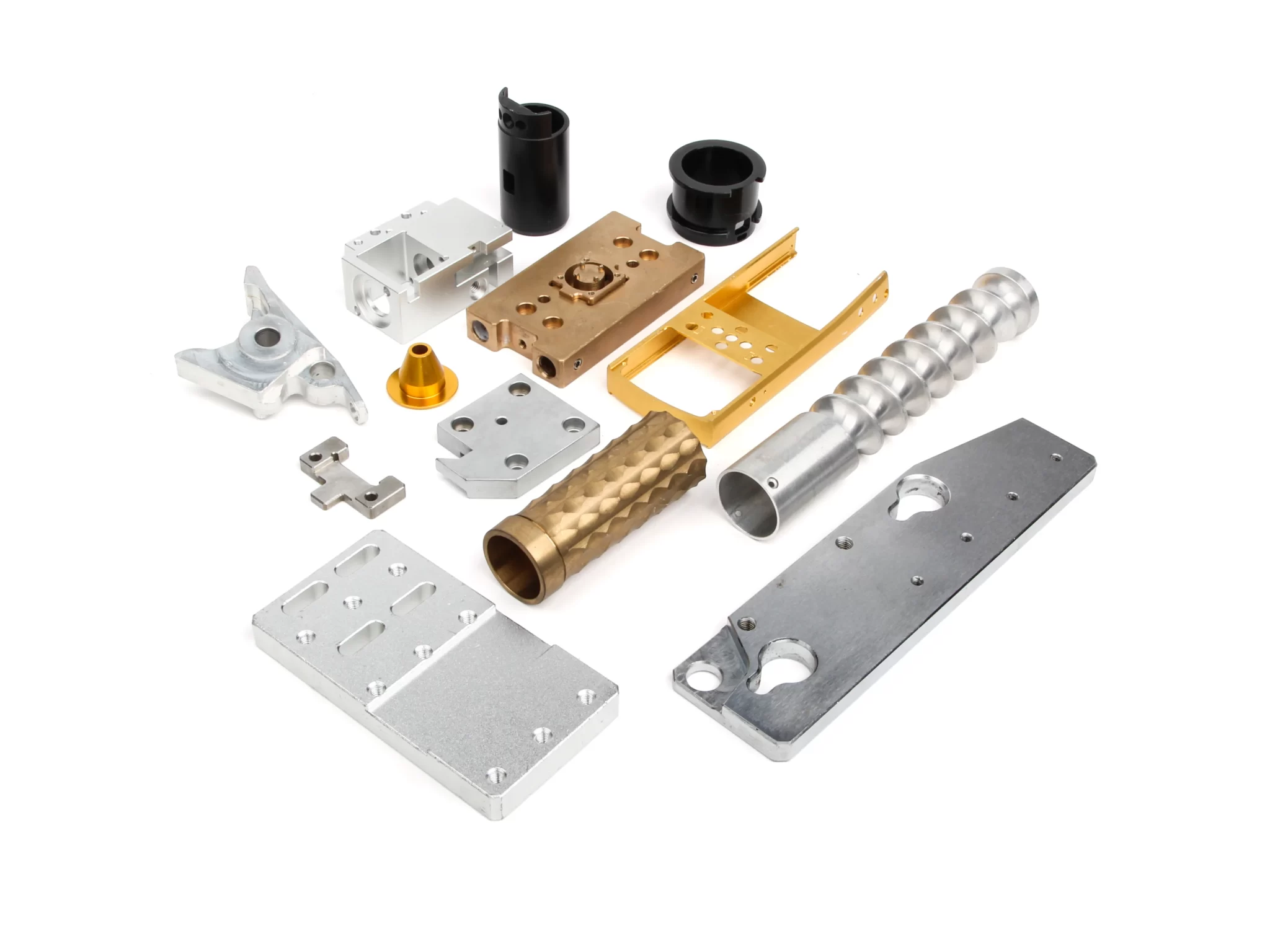
Several types of CNC processing
CNC machining can be subdivided into various processing types, the more common ones are CNC turning, CNC milling, CNC drilling, other processing operations, grinding, grinding, sawing, honing, etc.
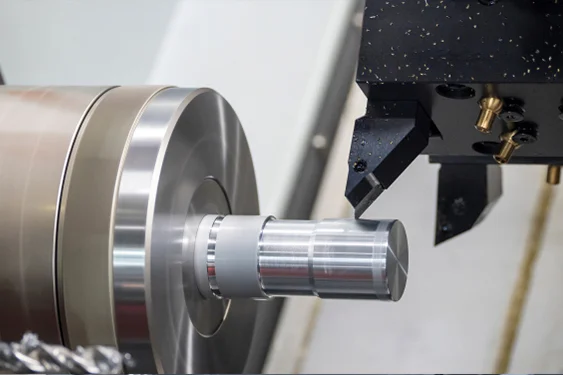
CNC turning
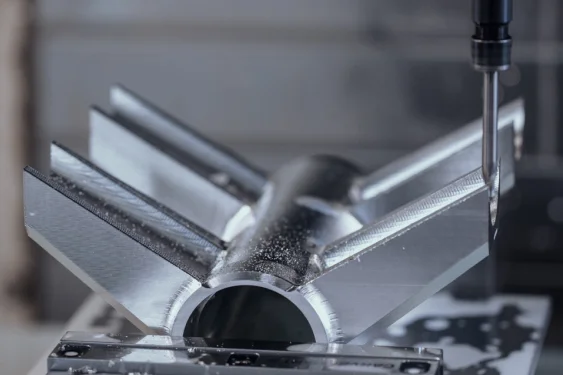
CNC milling
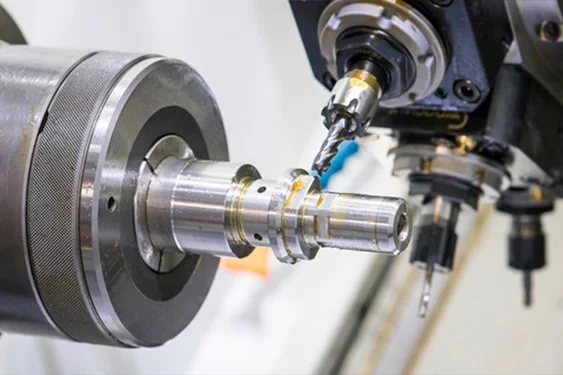
CNC drilling
Advantages & Limitations
1. Platform accuracy
CNC machines are very precise. Because the machine follows computer instructions, the results of CNC machining are very precise and ensure very tight tolerances. It is often used in the aerospace and automotive industries. It can manufacture parts according to the expected design, and the automated process reduces errors caused by human factors. Different batches of products can be manufactured without loss of accuracy. Whether it is a large or small component, there is no need to worry about the accuracy of the product.
2. Better capabilities
Most CNC machines can carry many enhanced tools for different purposes, and they are also supported by various software to process different products and complex parts. The benefits to CNCs are their increased functionality and compatibility with parts of different appearances, sizes, shapes, and textures.
3.Wide range of material selection
CNC machining has a rich selection of materials. CNC machine tools can process and shape almost all kinds of materials, whether they are metals, alloys, fibers, plastics, wood, and other composite materials, as long as the material itself does not damage the CNC machine’s cutting tools. Therefore, before use, you should understand the compatibility of materials and processes, and make appropriate reference to its heat resistance, hardness and other physical factors.
4. Repeatability
Because computers follow instructions and make parts, CNC machines can execute those instructions and replicate the same parts over and over again, as long as the equipment itself is well maintained, something that would be difficult to achieve with manual or even semi-automatic machining methods. This is very beneficial for companies to scale up production. Only the same digital file is required to be repeated on multiple machines. Companies can quickly turn a single prototype into hundreds of thousands of identical parts without any quantity limit.
5. Continuity
At present, most CNC machine tools are capable of working around the clock, and maintenance of the equipment is also very simple. Usually, only cutting tools need to be replaced when necessary. CNC CNC machine tools show incredible endurance and achieve rapid mass production.
6. Cost-effectiveness
CNC machining has a high initial investment cost. But its operating costs are lower, and once G-code instructions are fed into the machine it can be left unattended and start producing efficiently with little human error, thus increasing its cost-effectiveness. Engineers may have more energy to focus on delivering other aspects of superior quality and performance to the part.
7. Limitations of CNC machining
Although CNC machining is used in a wide variety of scenarios, it is not suitable for every manufacturing job. CNC equipment is much more expensive than other manual equipment, and these high costs will be spread over the price of the parts and products. The good news is that as CNC becomes more ubiquitous, the price amortized for individual products will become more competitive. Secondly the cost factor also depends heavily on quantity. For one-off parts, 3D printing may be a cheaper alternative to CNC machining; for hundreds of thousands of parts, large-scale manufacturing processes like injection molding may be more cost-effective.
Applications
The customized manufacturing process of sheet metal can meet the requirements of different industries for accuracy, quality, appearance and function. It can form general equipment and molds, which is conducive to flexible manufacturing of small batches and multiple varieties, providing efficient and reliable solutions.

auto industry
CNC manufacturing processing is very popular in the automobile manufacturing industry. It can help the automobile industry manufacture prototypes and actual products with high precision to meet the automobile manufacturer’s quality requirements for vehicle performance, accuracy and appearance. The automobile industry needs to manufacture a large number of parts, including engine parts, body parts, bearings, etc. CNC machining can realize large-scale processing of automobile parts.
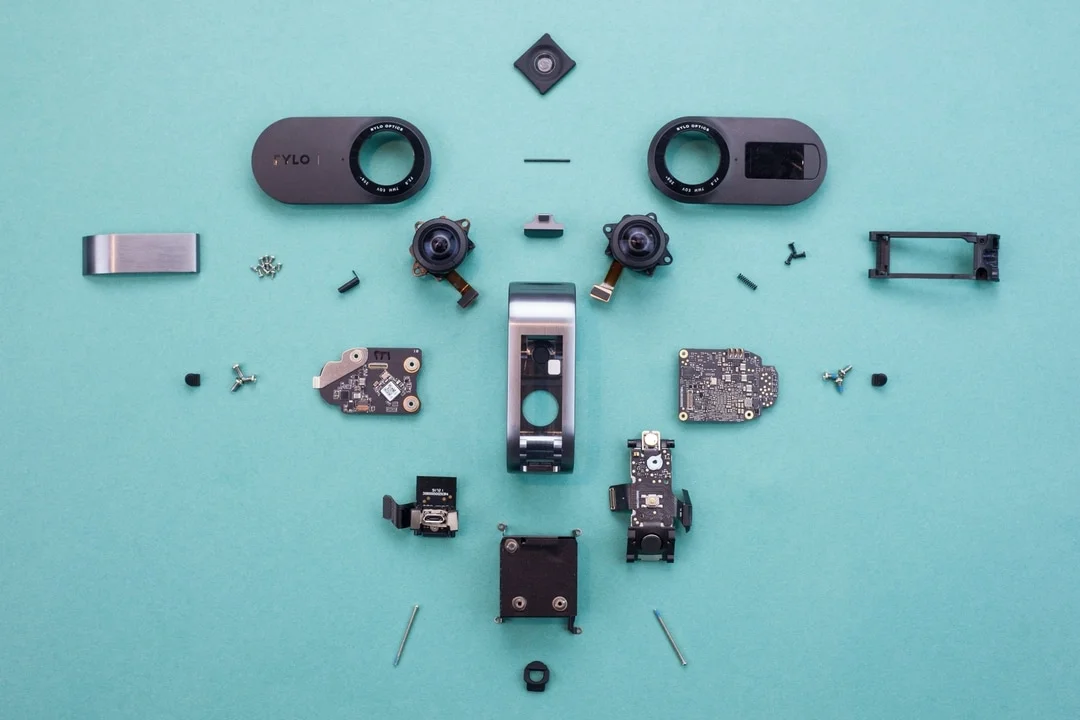
Consumer Electronics
CNC machining is prominent in consumer electronics. Currently, many well-known laptop brands use CNC-processed metal parts for their laptop casings, chassis, mechanical keyboard keycaps, etc. With the rise of wearable devices and intelligent devices and the demand for upgrading, CNC manufacturing and processing will usher in a broader market in this field.

Aviation/Military
CNC manufacturing processing is widely used in the aviation field. This field requires the manufacturing of a large number of complex components and parts, and the processing is difficult. The characteristics of CNC processing determine that it can achieve high efficiency and high precision processing, and reduce manufacturing costs. . At the same time, the military field is a frequent user of CNC machining because it can replace and upgrade any part.
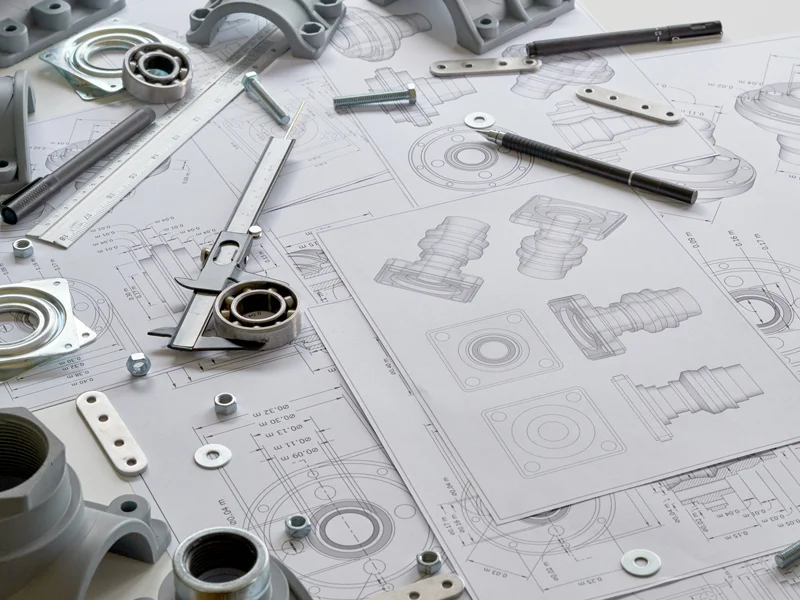
Machinery manufacturing
CNC machining is commonly used in the machinery manufacturing industry to manufacture various complex parts and molds. CNC machining can meet the strict tolerance accuracy requirements of molds, help companies reduce manufacturing costs, and greatly improve production efficiency and quality reliability.
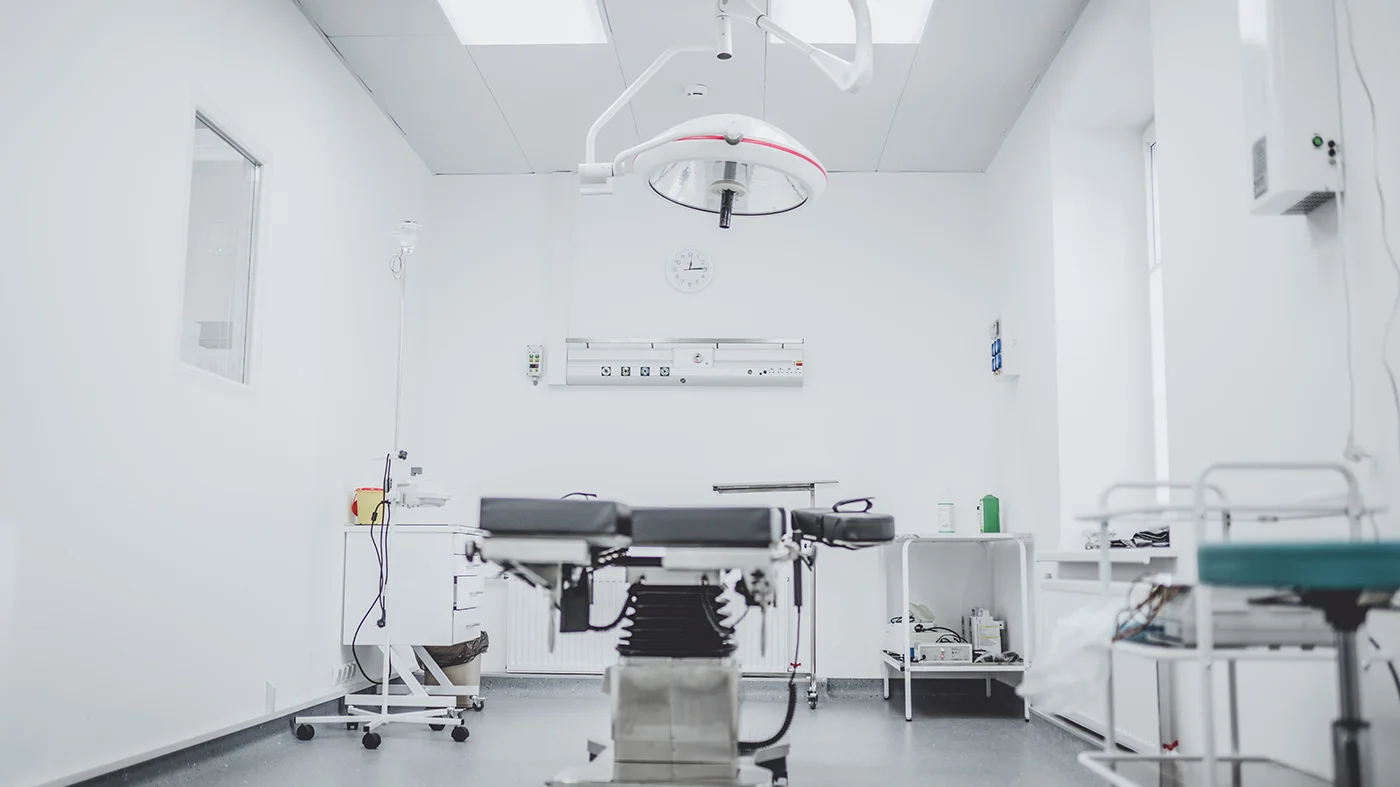
medical equipment
In the energy industry, sheet metal customization is widely used in oil, natural gas, wind energy and other fields. For example, in oil and gas extraction, large storage tanks, pipes, and containers are required, which all need to be manufactured through sheet metal customization. In the field of wind energy, the casing and blades of wind turbines also need to be manufactured through sheet metal customization.
